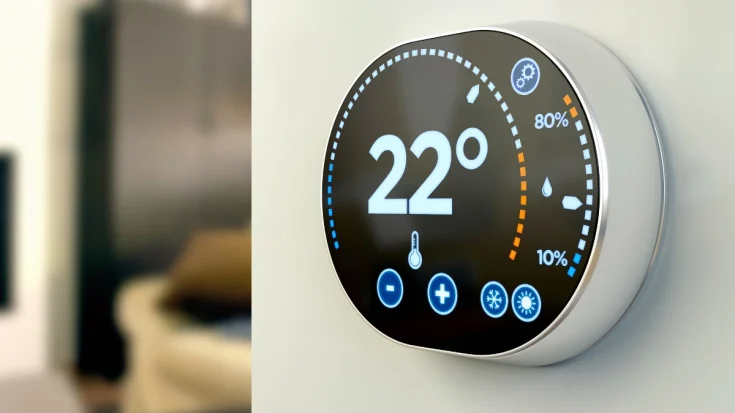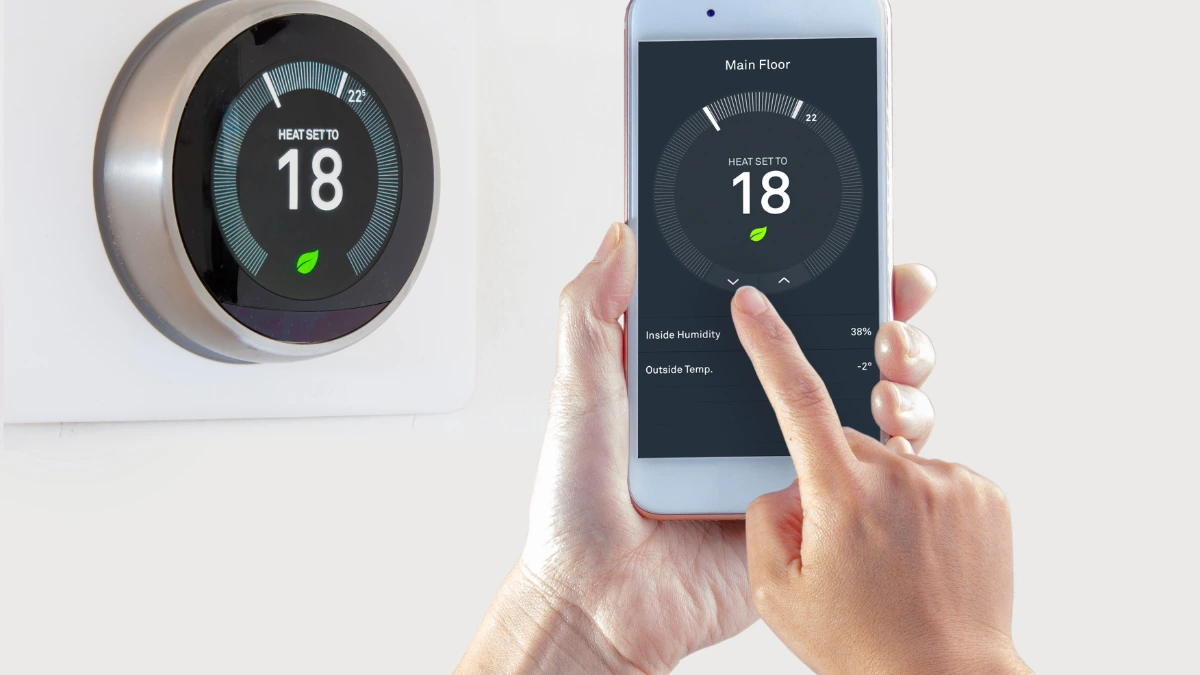A smart thermostat provides many benefits, especially the ability to regulate temperature. However, the advantages and disadvantages of smart thermostat cannot be easily separated, even though the benefits are evident.
The advantages and disadvantages of smart thermostats include controlling room temperature with more precision, integrated with smart home systems, to save energy, while the disadvantages include dependence on WiFi, use that requires learning, to more expensive start-up cost.
This article will inform you about some of the advantages and disadvantages of smart thermostat that you can consider.
Also Read
Table of Contents
The Advantages and Disadvantages of Smart Thermostat

Like any other technology, a smart thermostat has several advantages that can be utilized and disadvantages to consider. The advantages of smart thermostat include controlling room temperature with more precision, being integrated with smart home systems, to save energy, while the disadvantages include dependence on WiFi, use that requires learning, to more expensive start-up cost. Here are the advantages and disadvantages of smart thermostat:
The Advantages of a Smart Thermostat

Here are some advantages of a smart thermostat:
1. Control the room temperature with more precision
Controlling room temperature with more precision is one of the advantages of smart thermostats. With the sensors in this device, it is possible to make different settings in each room, so that control will be more precise over the climate at home.
2. Provides user convenience
One of the advantages of a smart thermostat is that it provides user convenience. This smart device is already integrated with your smartphone through an app, so temperature settings can be done anywhere. In addition, there is also an automatic temperature setting that adjusts to the user’s habits, thus providing a more comfortable environment.
3. Integrated with smart home systems
A smart thermostat is an electronic smart home appliance that supports smart homes, so this device can connect with other smart home devices. This capability allows for greater automation and more centralized control.
4. Monitoring energy usage
Smart thermostats are equipped with an energy usage report feature, so that energy usage can be monitored properly. This ability will certainly help you understand usage patterns and identify areas where further savings can be made.
5. Saving energy
The ability of smart thermostats to monitor energy usage has an impact on the energy savings that can be made. The ability of this smart device to automatically adjust the temperature also helps in reducing energy bills.
The Disadvantages of Smart Thermostat

Here are some disadvantages of a smart thermostat:
1. Dependence on WiFi
One of the drawbacks of a smart thermostat is its dependence on WiFi. This means that if there is a problem with the WiFi network, this smart device cannot function properly.
2. Compatibility with heating and cooling systems
Compatibility with heating and cooling systems is another shortcoming of smart thermostats. You need to ensure the compatibility of this smart device before purchasing, as not all heating and cooling systems are compatible with all types of smart thermostats.
3. Use that requires learning
To use a smart thermostat to its full potential, you need to understand how to use all of its features. This, of course, requires further learning.
4. Security risks
The use of smart thermostats is similar to the use of other smart devices that require WiFi connectivity, namely, cybersecurity risks. To avoid this, users need to ensure their devices are protected with strong passwords and up-to-date software.
5. More expensive start-up costs
While you can save money by using smart thermostats, the initial purchase and installation costs are more expensive than traditional devices.
Those are the advantages and disadvantages of smart thermostat that you can consider before deciding to use one. When you choose to use a smart thermostat, you can feel all the advantages of controlling room temperature with more precision, integrated with smart home systems, to save energy.
However, don’t forget to make a consideration of the disadvantages, including dependence on WiFi, use that requires learning, to more expensive start-up costs. Another thing to note is that a smart thermostat must pass the certification test from the Directorate General of Digital Infrastructure (DJID).
With a DJID certification, users can feel calm about using a smart thermostat device whose quality and security are guaranteed. For manufacturers or importers of smart thermostat devices, obtaining certification from DJID is a mandatory step before the device can be officially marketed in Indonesia.
To simplify the certification process, Type Approval Certification Services for ICT Products are available to assist with this process as a reliable solution. -UN.











